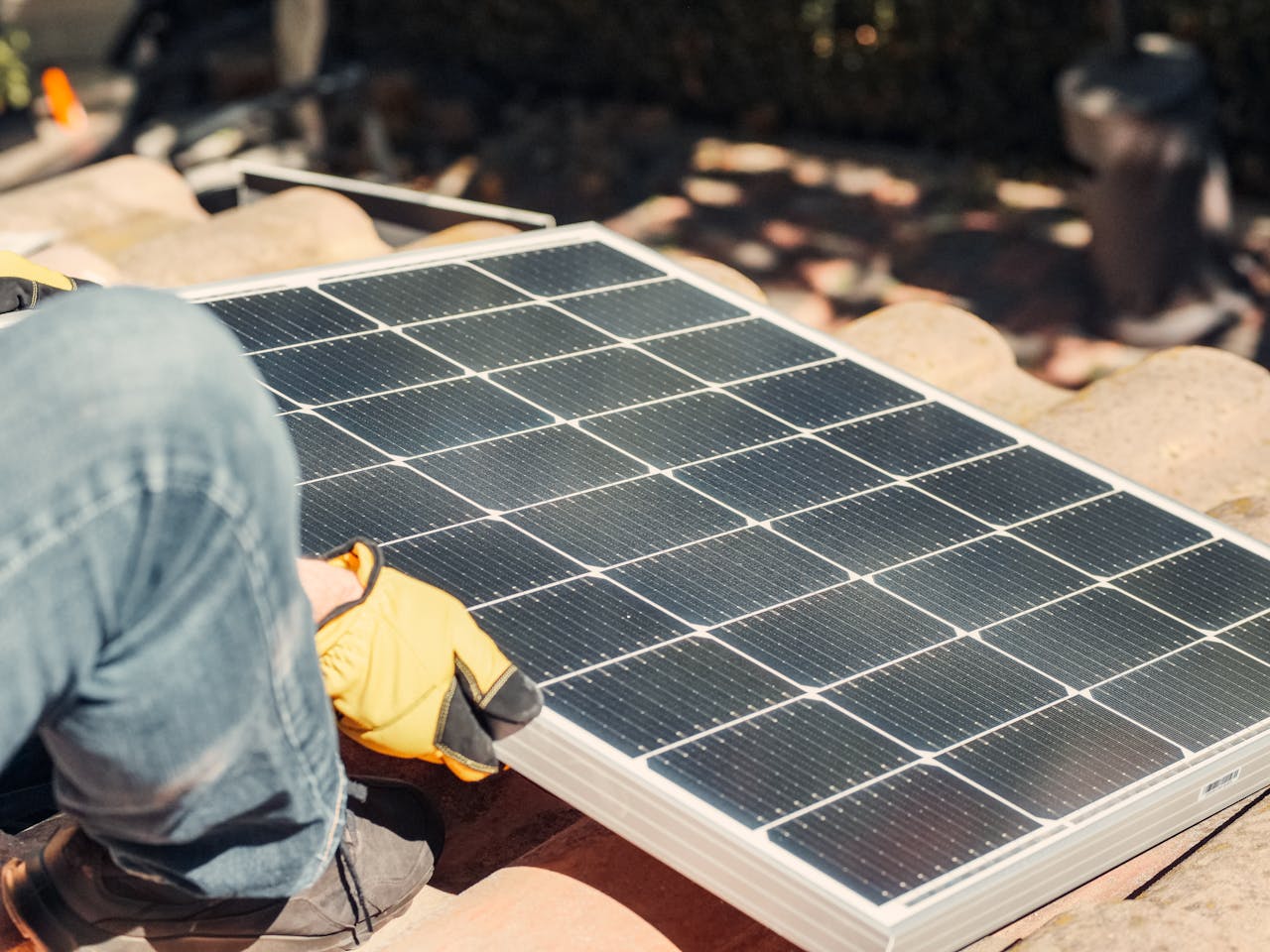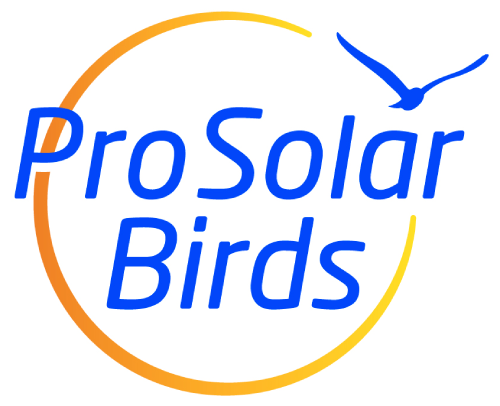Solar energy stands as a beacon of hope in our quest for sustainable power sources, offering a plethora of benefits ranging from reduced carbon emissions to lower electricity bills.
However, amidst the rays of progress, there lurks an unexpected obstacle – birds. While birds and solar panels may seem like an innocuous pairing, the reality is far more complex.
In this article, we delve into the intricacies of this mixed relationship, exploring both the advantages of solar energy and how do birds affect solar panels.
Table of contents
- Benefits of solar energy
- Main problems caused by birds
- Solutions to mitigate bird problems
- FAQ’s
Benefits of solar energy
Solar energy has emerged as a frontrunner in the renewable energy landscape, boasting a multitude of advantages:
- Environmental Sustainability: Solar energy is a clean, renewable energy source that produces minimal to no greenhouse gas emissions or air pollutants. By harnessing the power of sunlight, solar panels contribute significantly to reducing our carbon footprint and combating climate change.
- Energy Independence: Solar power reduces reliance on finite fossil fuels, promoting energy independence for individuals, communities, and nations. By generating electricity from abundant sunlight, solar energy helps diversify energy sources and reduce vulnerability to geopolitical instability and price fluctuations in traditional energy markets.

- Cost Savings: While the initial investment in solar panel installation may seem daunting, the long-term cost savings are substantial. Once installed, solar panels have minimal operating and maintenance costs, leading to significant savings on electricity bills over their lifespan. Additionally, government incentives, tax credits, and financing options make solar energy more accessible and affordable for homeowners and businesses.
- Job Creation and Economic Growth: The solar industry is a major driver of job creation and economic growth, providing employment opportunities in manufacturing, installation, maintenance, and related sectors. As the demand for solar energy continues to rise, so does the need for skilled workers, leading to job growth and economic development in communities around the world.
- Grid Stability and Reliability: Distributed solar energy systems, such as rooftop solar panels, help enhance grid stability and reliability by decentralizing electricity generation and reducing strain on centralized power plants and transmission lines. This decentralized approach to energy production can improve grid resilience, particularly during natural disasters or other emergencies.
- Energy Access and Equity: Solar energy has the potential to provide access to electricity for underserved and remote communities, bridging the energy access gap and promoting social equity. Off-grid solar solutions, such as solar lanterns and home solar kits, offer affordable and sustainable energy options for people living in off-grid areas or without reliable access to electricity infrastructure.
- Technological Innovation and Research: The rapid growth of the solar industry has spurred innovation and technological advancements in solar panel efficiency, energy storage, and grid integration. Ongoing research and development efforts continue to improve the performance and affordability of solar energy systems, driving further adoption and deployment of solar technology worldwide.
- Community Benefits and Resilience: Solar energy projects can bring numerous benefits to local communities, including increased property values, revenue generation through solar leasing or power purchase agreements, and support for community-based renewable energy initiatives. Additionally, solar microgrids and community solar programs enhance energy resilience and disaster preparedness by providing localized sources of clean electricity.
How do birds affect solar panels?
Despite the myriad benefits of solar energy, birds pose a significant challenge to the efficiency and longevity of solar panel installations. These problems can be categorized into three main areas:
A. Physical Damage to Panels
Birds, especially those prone to perching, can cause scratches and scuffs on the surface of solar panels. While seemingly minor, these blemishes can accumulate over time, reducing the panels’ efficiency and lifespan.
B. Nesting Under Panels
Birds often seek refuge under solar panels, creating nests that can lead to several issues:
1. Reduced Airflow and Overheating: Nesting material can obstruct airflow beneath the panels, causing them to overheat and operate less efficiently.
2. Corrosion from Droppings: Bird droppings contain corrosive substances that can damage the panels and surrounding infrastructure over time.
3. Attracting Other Pests: Bird nests can attract other pests such as rodents and insects, further exacerbating the problem.
C. Bird Collisions
In large-scale solar farms, birds may mistake the reflective surface of solar panels for bodies of water, leading to collisions and subsequent injury or death.

Solutions to mitigate bird problems
Addressing the challenges posed by birds requires a multi-faceted approach, including:
A. Site Selection and Design
Careful consideration of site selection and panel design can help mitigate bird-related issues:
1. Avoiding Nesting Areas and Migration Paths: Choosing installation sites away from known nesting areas and bird migration paths can reduce the likelihood of bird interference.
2. Rooftop Installations over Ground-Mounted: Rooftop installations are less attractive to birds than ground-mounted arrays, minimizing the risk of nesting and collisions.
B. Deterring Birds from Landing
Implementing deterrent measures can discourage birds from landing on solar panels:
1. Visual Deterrents: Installing visual deterrents such as predator decoys or reflective tape can make solar panels less appealing to birds.
2. Auditory Deterrents: Utilizing ultrasonic noise devices can deter birds from landing on or near solar panels.
C. Safe Nest Removal
In cases where birds have already nested under solar panels, safe nest removal may be necessary:
1. Importance of Following Bird Nesting Laws: It is essential to adhere to local bird nesting laws and regulations to ensure ethical and legal nest removal practices.
2. Professional Removal During Non-Breeding Seasons: Engaging professional wildlife removal services during non-breeding seasons can minimize disruption to bird populations.
FAQ’s
Do solar panels attract specific types of birds?
While any bird species may be attracted to solar panels, certain factors such as nearby habitat, nesting opportunities, and reflective surfaces can influence bird activity.
Common species attracted to solar panels include pigeons, sparrows, and swallows, but the level of attraction can vary depending on geographic location and environmental conditions.
Can bird deterrents harm or disrupt other wildlife or pets?
Most bird deterrents are designed to be non-lethal and non-toxic, targeting bird behavior without causing harm to other wildlife or pets. However, it’s essential to choose deterrents carefully and follow manufacturer guidelines to minimize unintended consequences.
Additionally, consider consulting with wildlife experts or veterinarians for advice on safe and effective deterrent options.
What should I do if I discover birds nesting under my solar panels?
If birds have nested under your solar panels, it’s essential to approach the situation with caution and respect for wildlife. First, check local regulations and bird nesting laws to ensure compliance with legal requirements for nest removal.
If removal is necessary, consider hiring professional wildlife removal services experienced in bird relocation. Ensure removal is conducted during non-breeding seasons to minimize disruption to bird populations.
Will installing solar panels harm bird populations in my area?
When properly planned and implemented, solar panel installations typically have minimal adverse effects on bird populations. By following best practices such as site selection, bird-friendly design features, and safe nest removal protocols, the impact on local bird populations can be mitigated.
Additionally, engaging in community outreach and education efforts can raise awareness about bird-friendly solar practices and promote coexistence between solar energy and wildlife.

